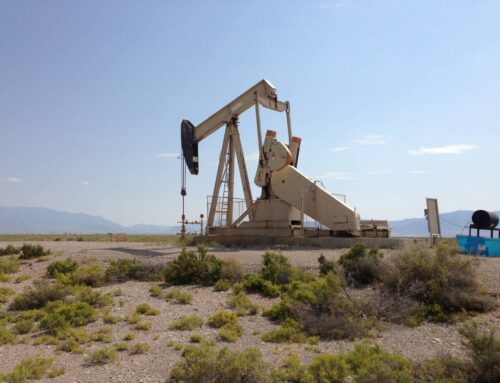In the United States, nuclear energy is harnessed to generate electricity with the help of significant subsidies from federal taxpayers. These subsidies support the use of nuclear fuels from before raw metal leaves the ground to, eventually, the storage of spent fuel as waste materials. Nuclear power plants are similarly enabled from ideas on the drawing board to operable designs, during construction and through actual electricity production and then are protected through federally-backed insurance programs. In addition to receiving federal supports, the nuclear industry benefits from local and state supports and, internationally, other governments have shouldered its costs and liabilities for decades.
This report provides an overview of the current federal subsidies supporting civilian nuclear energy in the U.S. In the form of foregone royalties on uranium from federal lands, discretionary spending on development and demonstration, loan guarantees for new construction, covered liabilities for accidents, access to federal facilities, tax credits for electricity, and many other means, these subsidies have collectively cost taxpayers billions of dollars year after year for nearly a half century.
Read the full report below, or download here.











Get Social